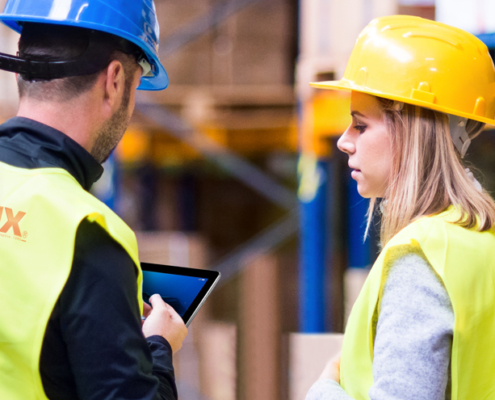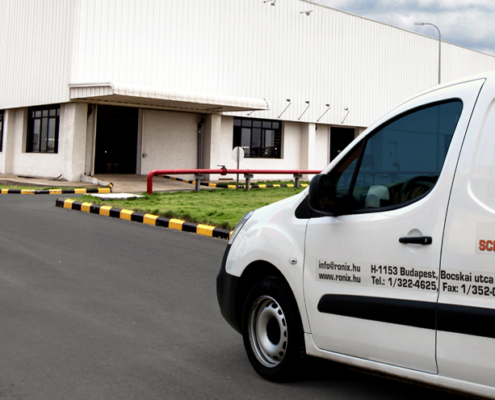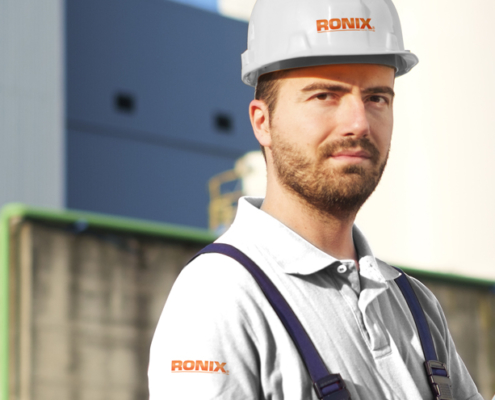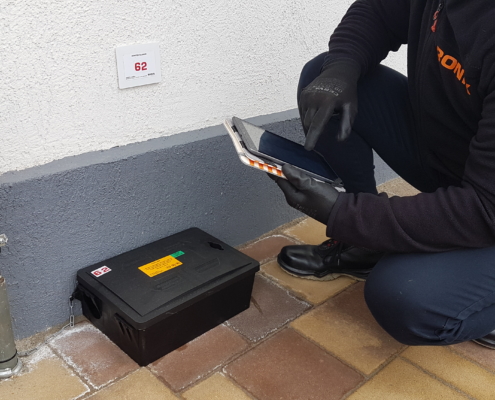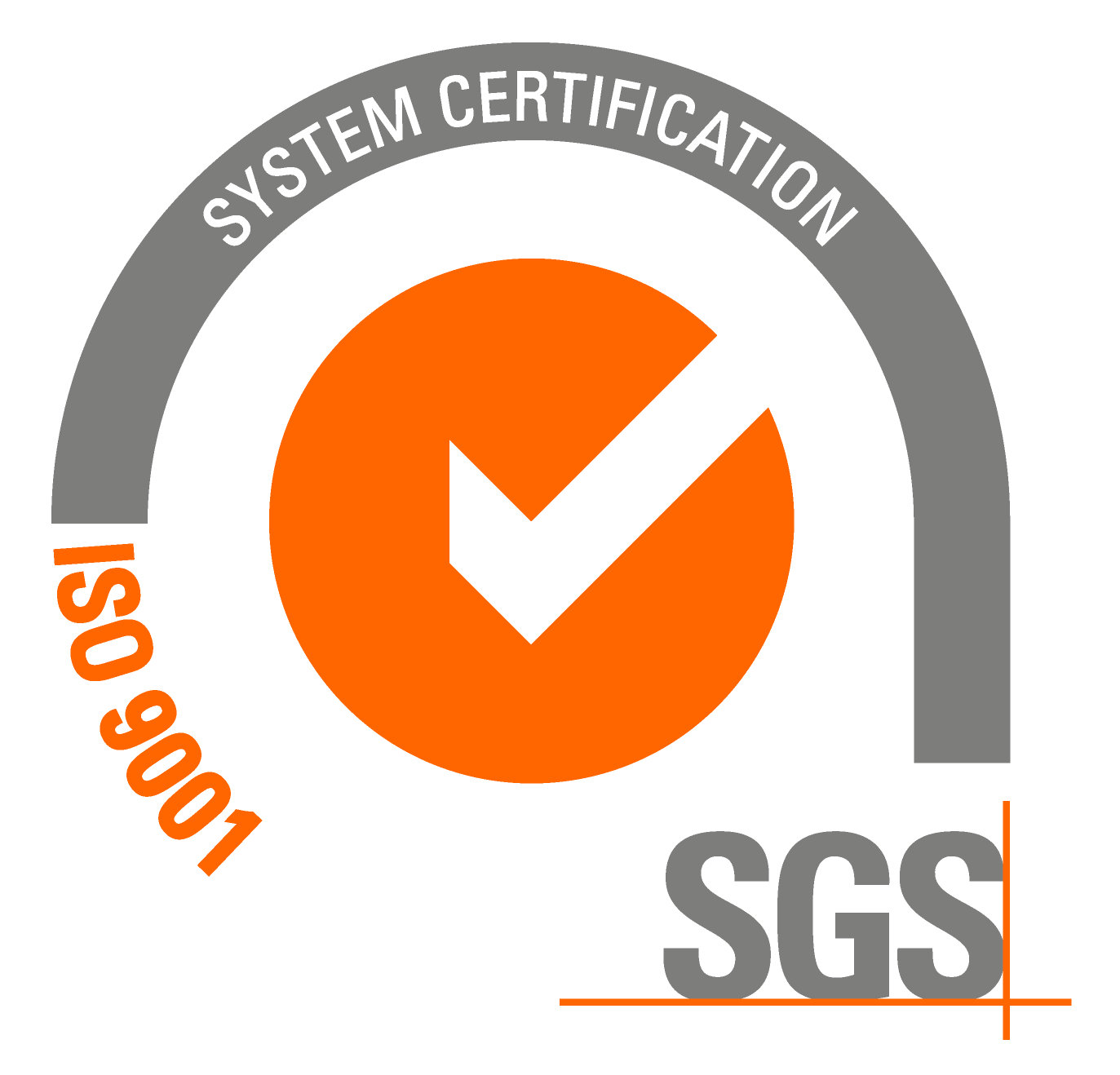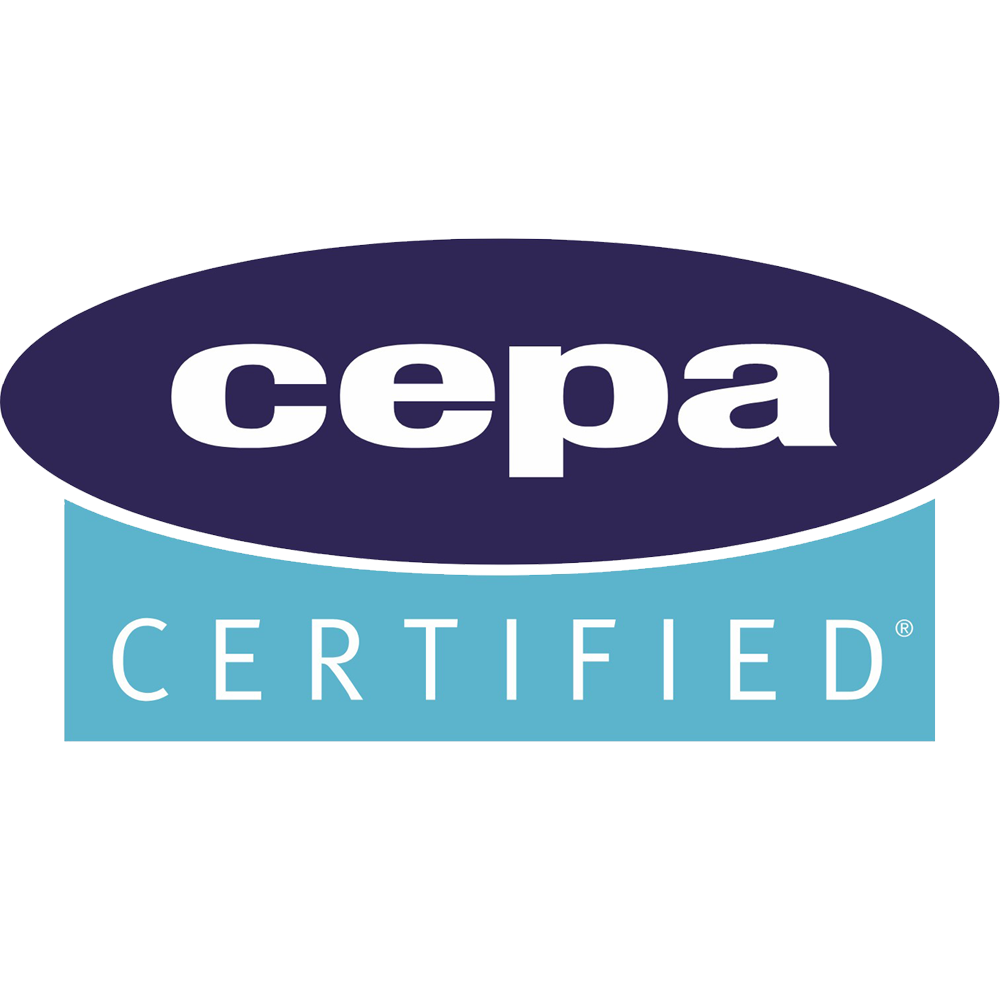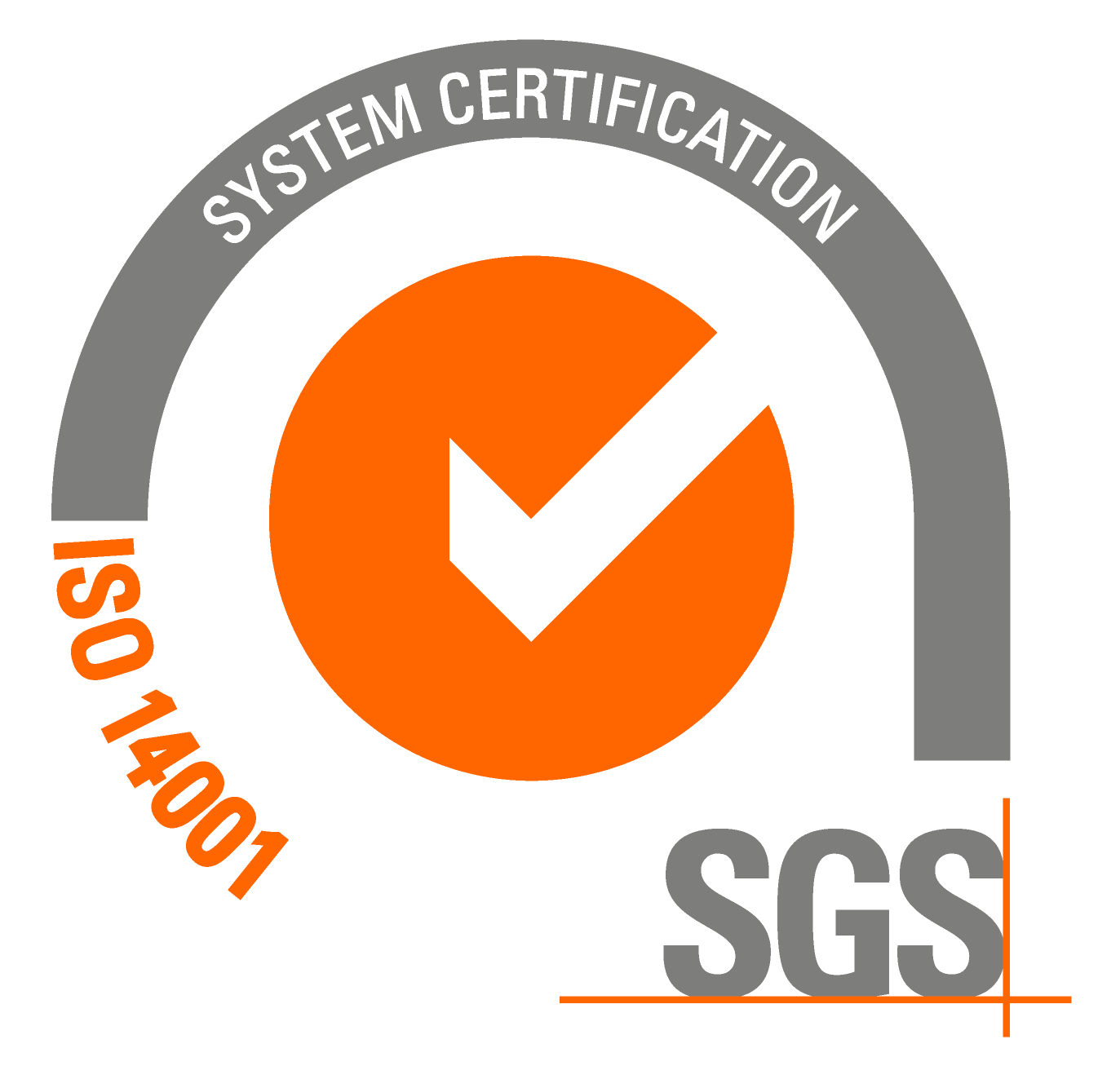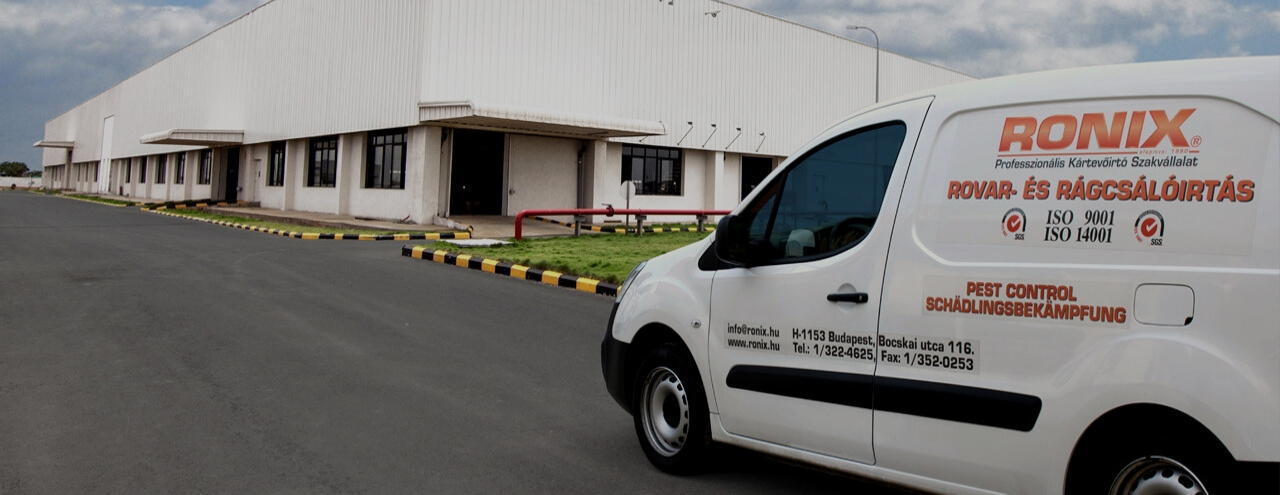
PEST MANAGEMENT, PEST CONTROL
One of the pillars of our company is the experience and professional commitment of our colleagues. Our reliability was recently rewarded with the Business Ethics Award. We were the first in the country to introduce the MSZ EN 16636 standard, which guarantees the effectiveness of pest control and the high quality of our service.
Our main activity is sanitary pest control. We ensure pest-free conditions in the country’s largest industrial facilities, food processing plants, hotels, public institutions, office buildings, shops and restaurants.
Our service is available at the same high level in every part of the country.
We consider the continuous professional development of our colleagues important, and we also place great emphasis on monitoring and applying technological innovations. In this way, we guarantee that our work is always carried out to the complete satisfaction of our customers.
Customers are at the heart of what we do. We aim to fully meet the needs of our partners.
What are the main activities of our company?
We provide pest control services for the food, pharmaceutical, hospitality and accommodation industries anywhere in the country. We carry out our work in compliance with legislation, HACCP systems and other quality assurance systems (ISO 22000, IFS, AIB, BRC, etc.). We provide an excellent documentation background for our clients.
THE PROCESS OF PEST MANAGEMENT, PEST CONTROL. HERE IS HOW WE WORK:
WHAT ELSE DO YOU NEED TO KNOW ABOUT OUR PEST MANAGEMENT AND PEST CONTROL SERVICES?
- We prepare the risk assessment
- The work plan is drawn up in accordance with the legislation and HACCP requirements
- We prepare a documentation package for each of our customers, tailored to their special needs
- We always carry out the tasks assigned to us according to the programme plan
- We prepare a report on the work we have performed
- On request, we can arrive on site immediately, as quick as within 4/12/24 hours
- We provide our clients with full professional advice
- We offer a payment deadline of up to 30 days, above a certain amount
- High-quality, professional work anywhere in the country
- Our team is made up of experienced professionals: 15 sanitary gas technicians, 18 sanitary pest control technicians, 7 sanitary pest control apprentices
Our certificates and liability insurance
Our certified work is your guarantee that you will receive the highest quality service in all areas.
What certificates does RONIX Kft. hold?
- ISO 9001:2015 Quality Management System
- ISO 14001:2015 Environmental Management System
- ISO EN 16636:2015 European Pest Control Standard
The systems are certified by SGS Hungary Kft. Keeping these up to date and continuously upgraded is a priority for us, as it guarantees that we can provide a high quality pest control service to our customers.
According to the European Pest Control Standard, the work we do is a guarantee that our customers receive the highest level of service in all areas of pest management and pest control .
Our high insurance coverage guarantees that we keep the customer’s safety in mind. This insurance covers the liability of company directors and officers, employers’ liability, service liability and environmental pollution liability. RONIX Kft. has a liability insurance coverage up to HUF 50 million.
MODERN PEST MANAGEMENT
Integrated pest management methods
Integrated Pest Management (IPM/IPC) is an efficient and environmentally conscious approach to pest control. RONIX Kft.?s experts can ensure that pests are kept below the desired threshold level by continuously maintaining the IPM programme. In Hungary, we were the first to apply integrated pest management at our partners in the food industry. In long-term strategic cooperation, we use the comprehensive information we have gained in the field to control pests. This information is combined with available pest control methods, which results in a high level of pest control with the least amount of pesticides.
How does the IPM/IPC programme work?
IPM is not a method of pest control , but a series of assessments, decisions, observations and inspections by pest management professionals. The strategic essence of IPM is to prioritise continuous monitoring rather than the often preventive and extensive treatments with pesticides in the past. Higher professionalism, biological and technical knowledge is needed to carry out effective inspections. Integrated pest management is a combination of physical, chemical and biological methods.
Integrated Pest Management includes the following steps:
- Carrying out an on-site survey
- Definingthe objective
- Defining the protection strategy
- Taking preventive measures
- Carrying out continuous monitoring
- Carrying out the necessary intervention
- Use of pesticides
- Ongoing documentation and record keeping
Integrated pest management: from the first step to implementation
RONIX Kft. develops the individual IPM/IPC procedure for its partners in accordance with the above guidelines and in line with the needs of its customers.
Communication with the customer is a key element of integrated pest management. The first step is a site survey, inspection or walk-through.
Before any pest control action is taken, the IPM first sets an action threshold level at which it will indicate the insect and rodent population, taking into account environmental conditions. This can be used to decide whether intervention is required.
IPM programmes seek to monitor and accurately identify pests so that appropriate control decisions can be made in conjunction with action thresholds. This monitoring and identification allows us to keep the use of pesticides to a minimum.
Our experts carry out thorough and complete inspections both inside and outside the building. During these we identify pests and map potential entry and settling points. We propose to remedy the technical and hygiene shortcomings.
Once observation, identification and action thresholds indicate that intervention is required, the IPM programme evaluates the appropriate control method in terms of both effectiveness and risk.
We first choose effective, less risky pest control, including pheromones, attractants and mechanical traps. If further monitoring, identification and action thresholds indicate that the less risky controls are not working, then additional pest control methods, such as targeted spraying of insecticides, should be used.
One of the most important elements of integrated pest management is continuous and accurate documentation covering all measures. All information about the pest situation in your area can be tracked in our documents.
PEST MANAGEMENT IN THE FOOD INDUSTRY
The various sectors of the food industry and the materials and objects used in them provide entry and breeding grounds for a wide variety of pests.
Overview of legislation
The current version of Annex 4 of Decree 18/1998. (VI. 3.) of the Ministry of National Resources on epidemiology
- places of production, storage and transport of food and drink (factories, shops, warehouses, etc.),
- in catering and public catering establishments,
- in markets and market halls,
? requires regular protection according to a programme prepared and operated by a pest control professional: against FLIES, COCKROACHES, RODENTS, BIRDS.
Section 17 of Decree 16/2017. (VIII. 7.) of EMMI
The service provider may only place rodenticidal poison baits in a lockable installation intended for this purpose. The equipment for deployment must be visibly marked and must bear the name of the rodenticide used, its active substance, if any, the name of the antidote or medicine and the name, address and telephone number of the service provider.
Pest monitoring, data analysis; preparing expert opinion, trend analysis
One of the most important tasks in pest management is monitoring. Its task is to provide a realistic picture of the pest activity in the facility being monitored at any given time.
If the living conditions are right for the pests in a given area, i.e. food, breeding habitat, hiding places and sufficient space, they can reproduce at an extraordinary rate.
Pest management consists of two parts:
- prevention, which involves creating conditions that prevent the entry and settling of pests, and
- eradication, the aim of which is to kill established pests. Monitoring is an activity to objectively detect the presence of pests, which for insects can be trapping, and for rodents a system to monitor movement can be a measuring cube, live trapping or a large sheet with a sticky surface.
Accurately locating the monitoring stations is one of the most important tasks. An incorrectly selected and insufficient number of measuring points can give a false picture and therefore the defence will not be effective.
Whatever kind of trap is used, it is important that the device is sufficiently attractive to the target pest and prevents it from moving on.
The criteria for the location of the measuring stations are:
- knowledge of the pest species typically found in the facility,
- knowledge of the biology of the target pest,
- assessing the possible pathways of pests entering the site from the surrounding area,
- assessment and analysis of the technical condition of the facility,
- determining the locations of measuring points,
- taking into account local conditions for the safe deployment of monitoring stations.
Pest management in quality assurance
The pest control programme should be aligned with the various quality certification schemes (ISO 22000, AIB, IFS, BRC, etc.), the HACCP pest control requirements and the procedures recommended in the Food Business Operators’ Guide
Possibly occurring pests
In food processing units, it is particularly important to identify the species of the pests in question on the basis of a field inspection.
Pest management is needed everywhere, as they can appear anywhere and cause huge damage.
If you want to avoid pest infestation, please choose us! Our company has three decades of experience in various areas of pest management. When pests appear, it’s important to react quickly, so if you notice the signs, contact us as soon as possible and we will solve the problem and de-pest your building using the most modern methods and materials, at a reasonable price!

